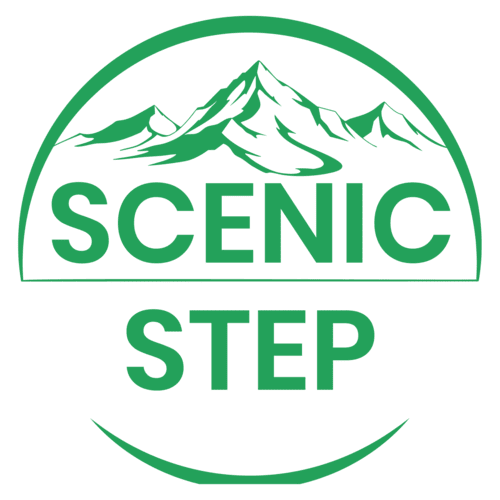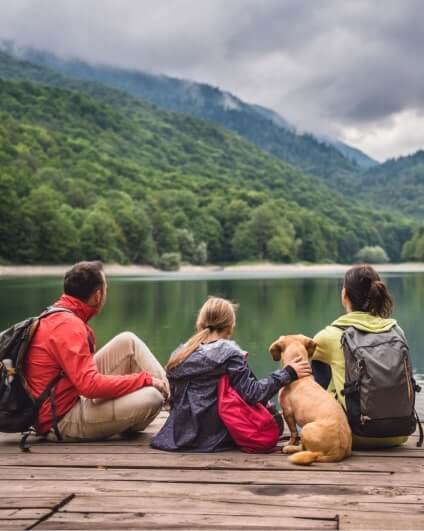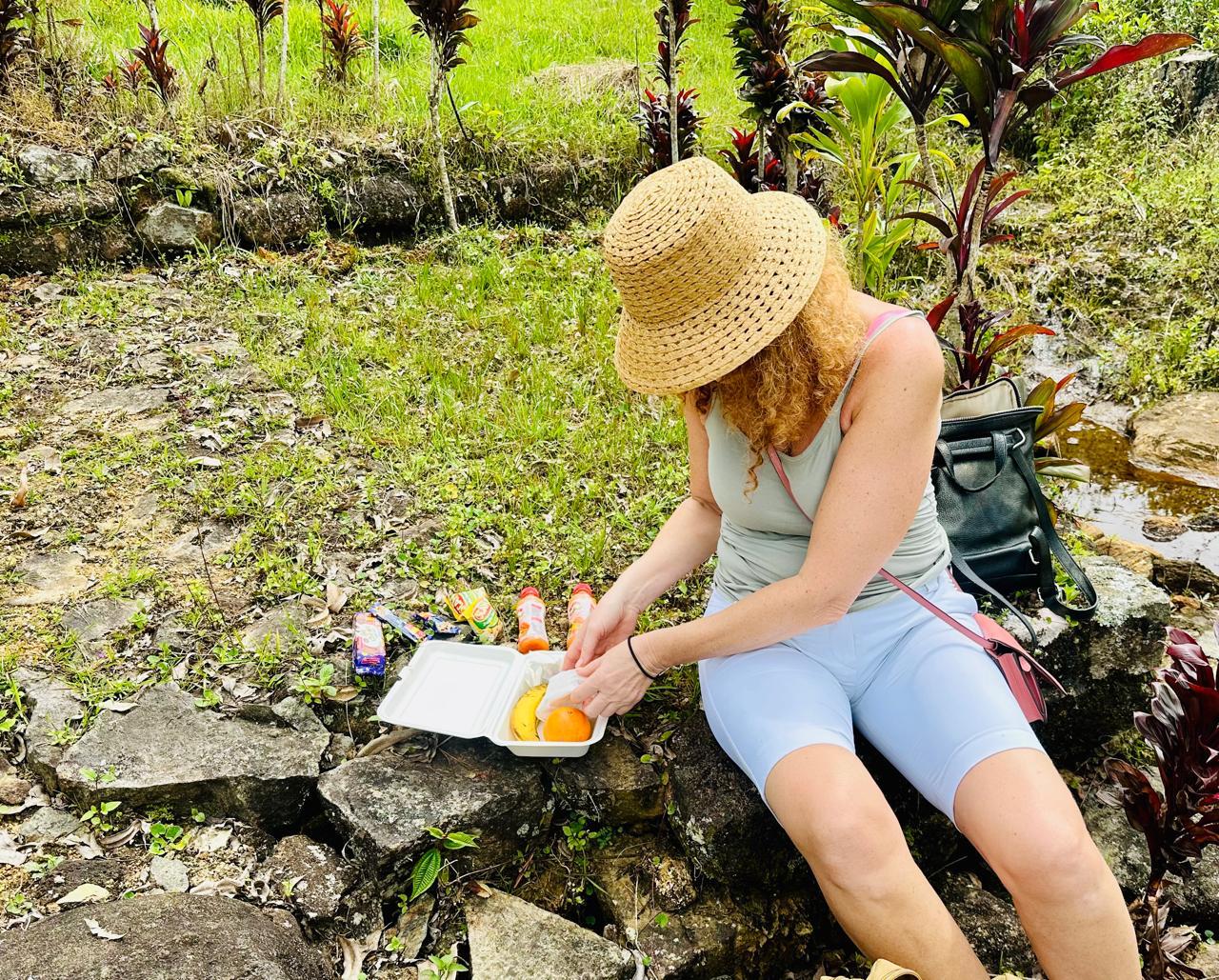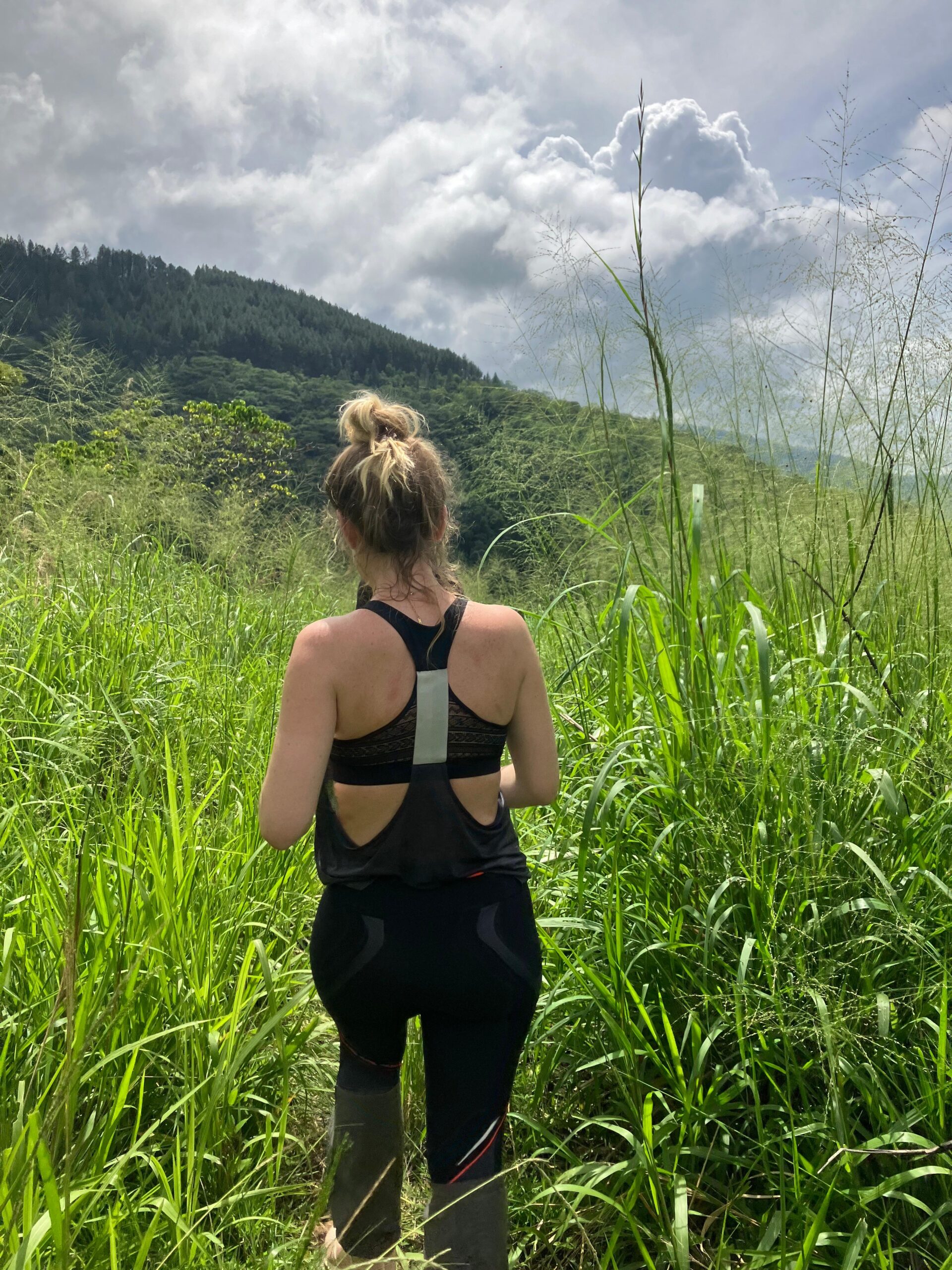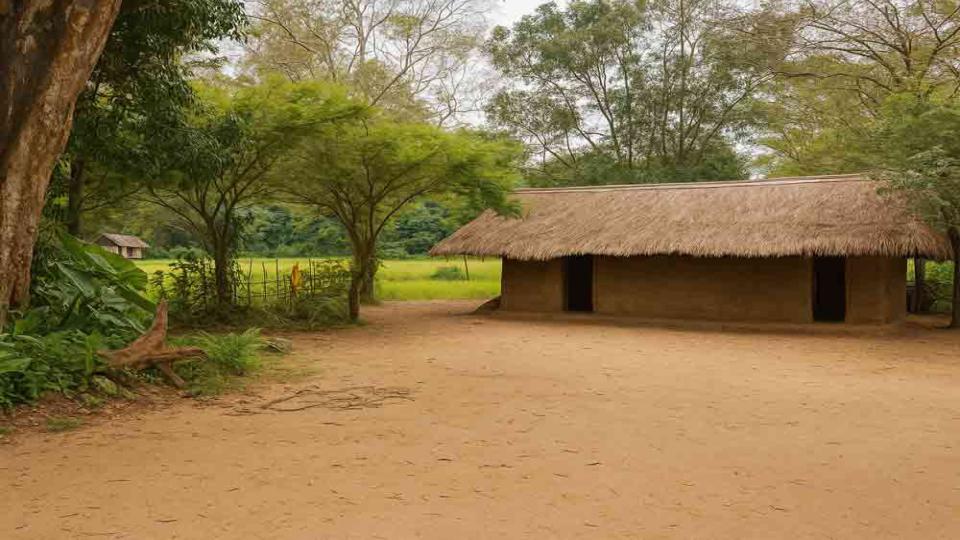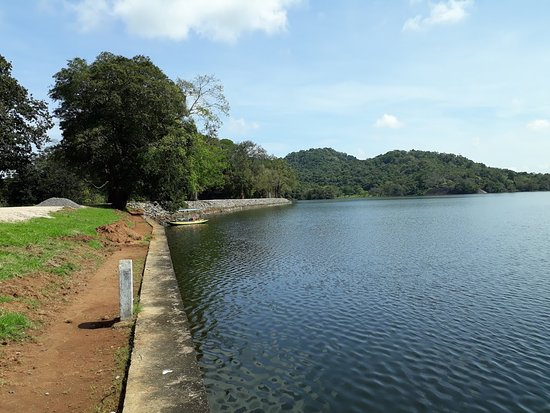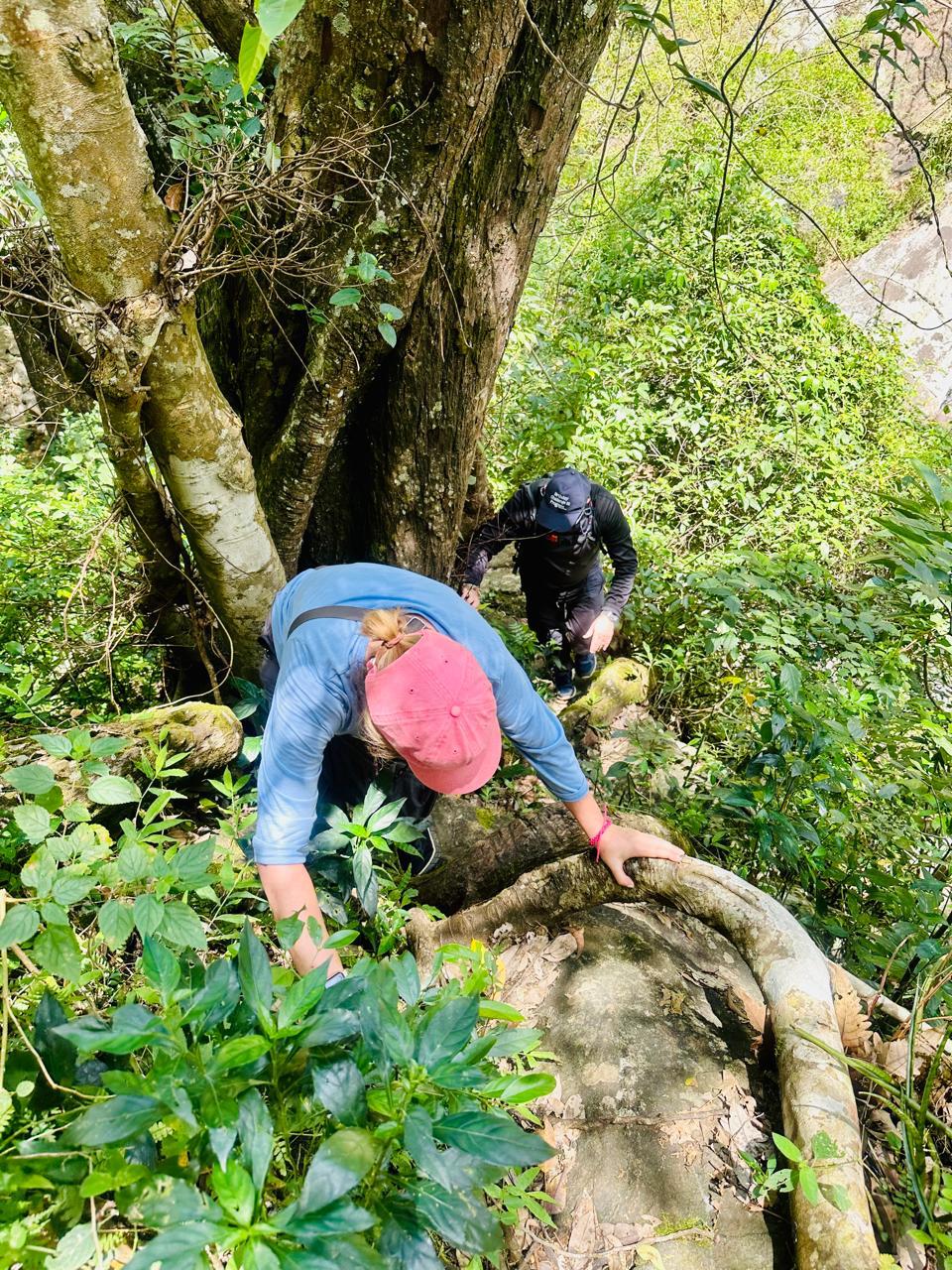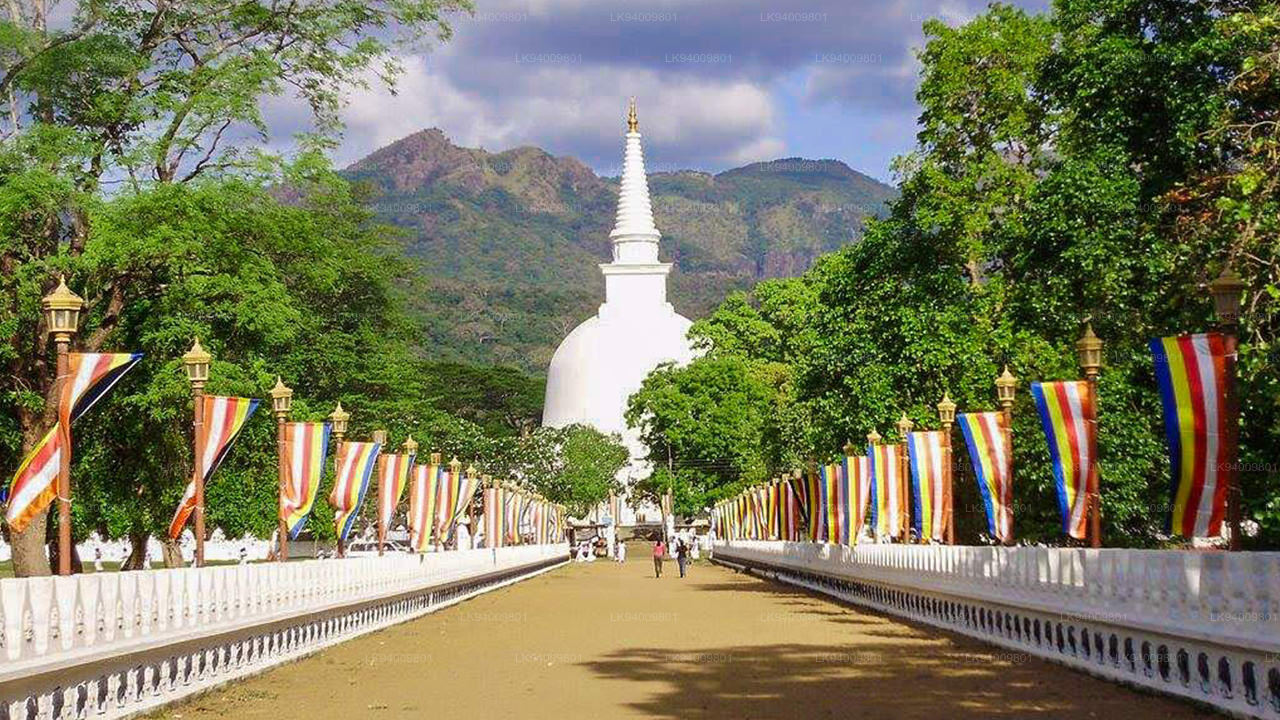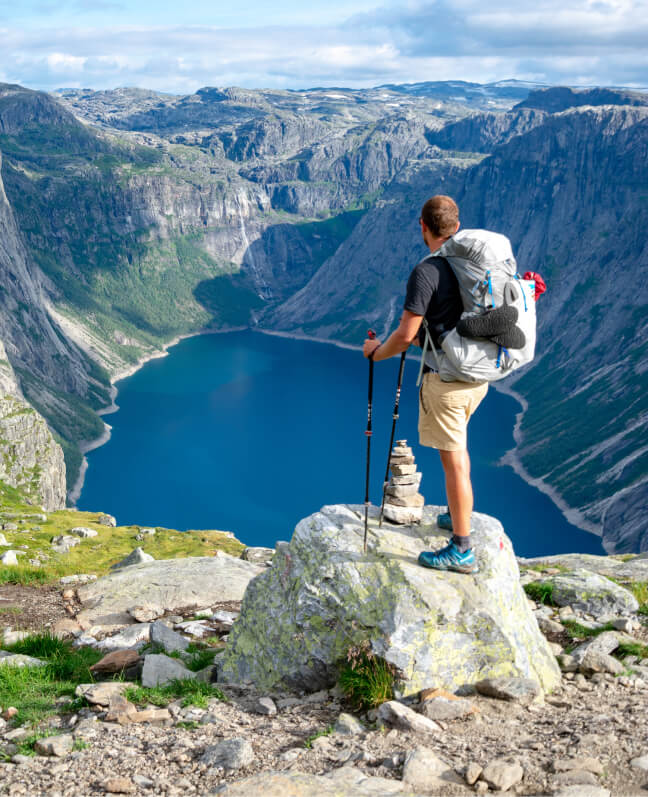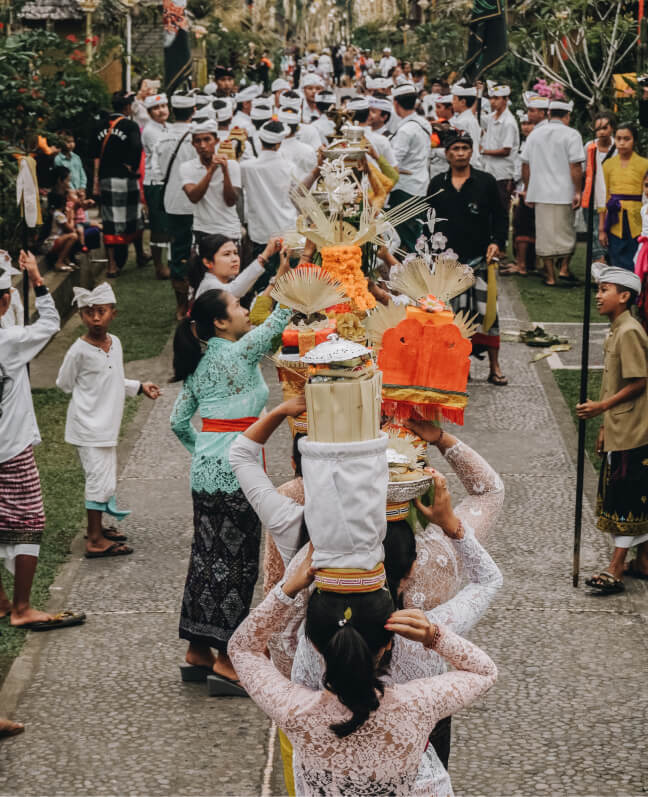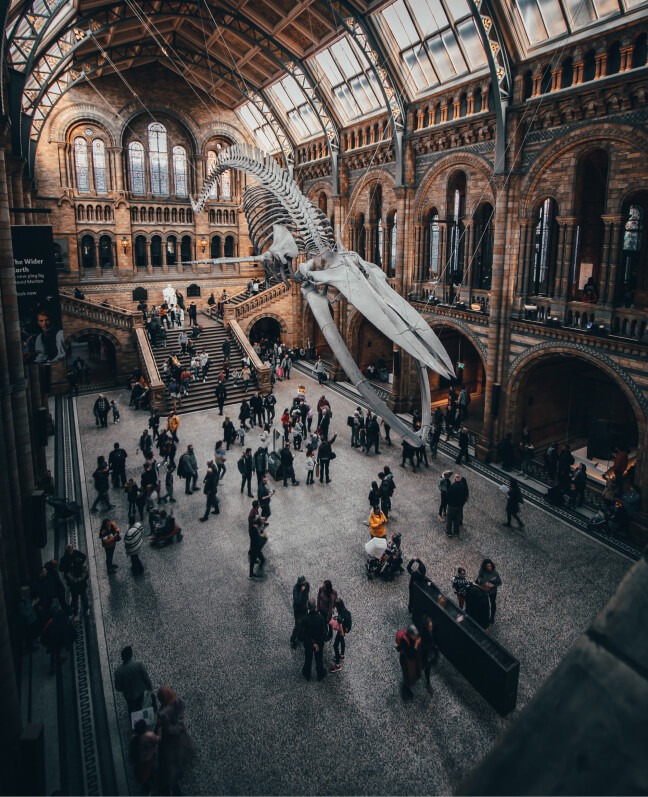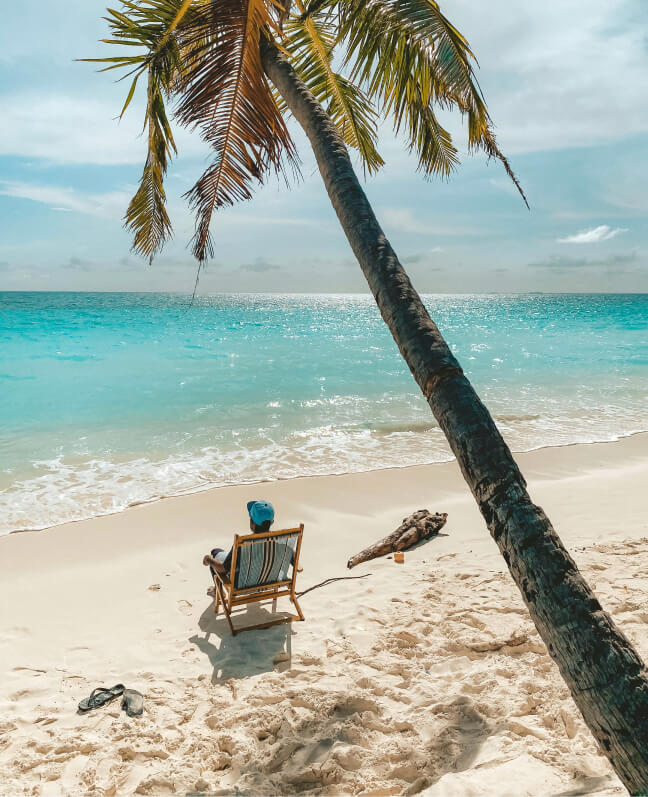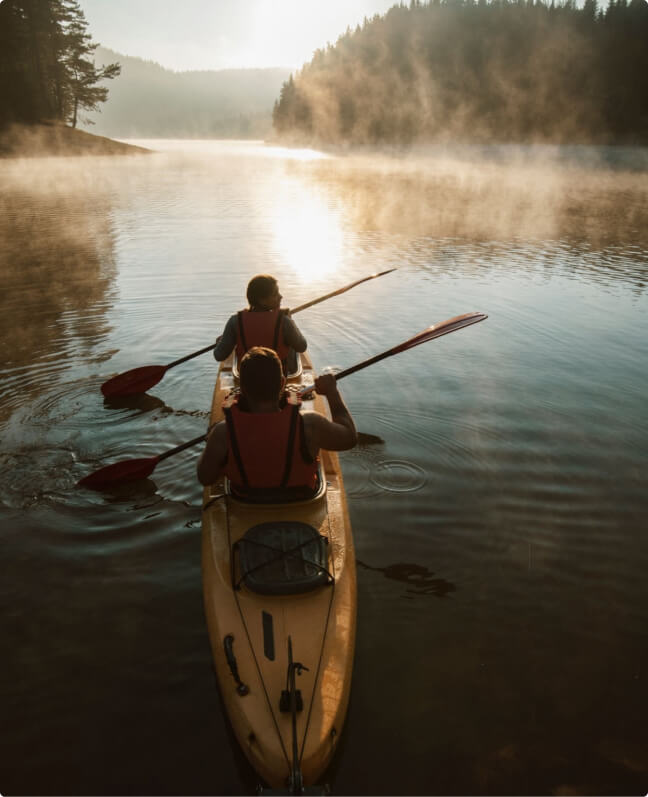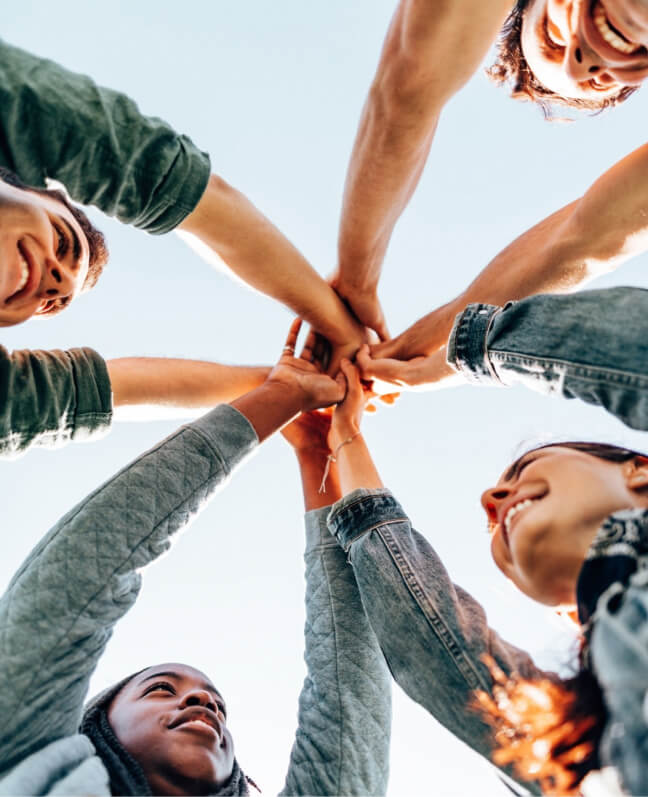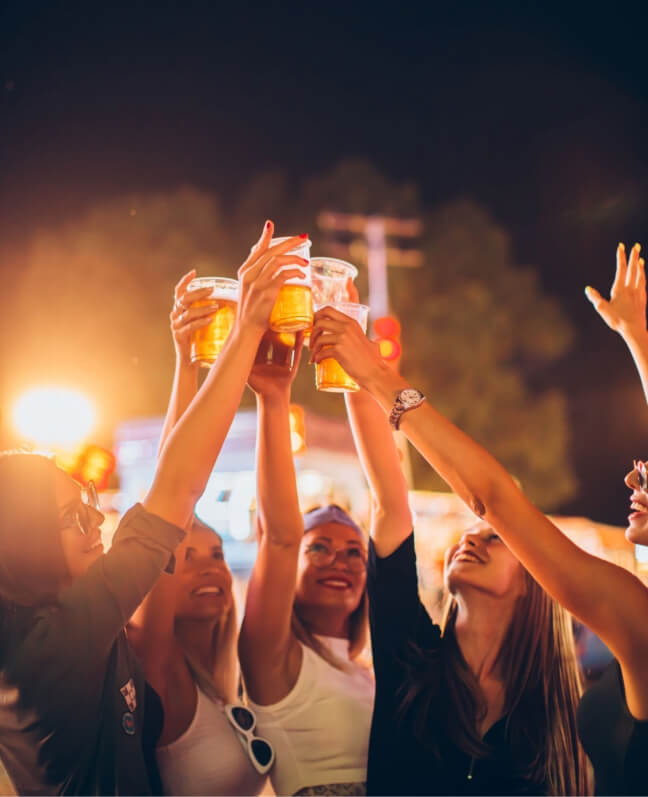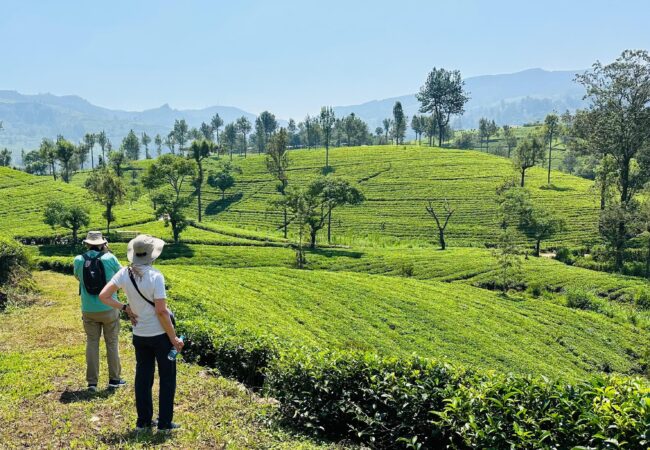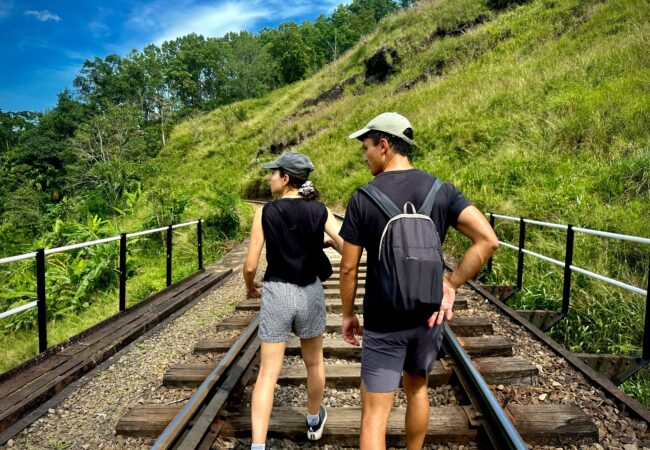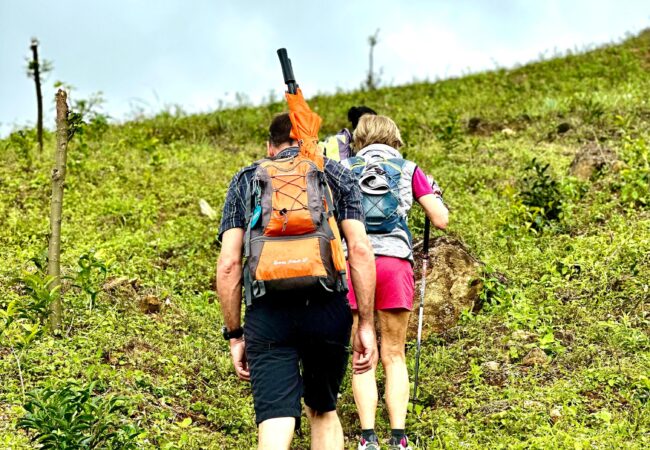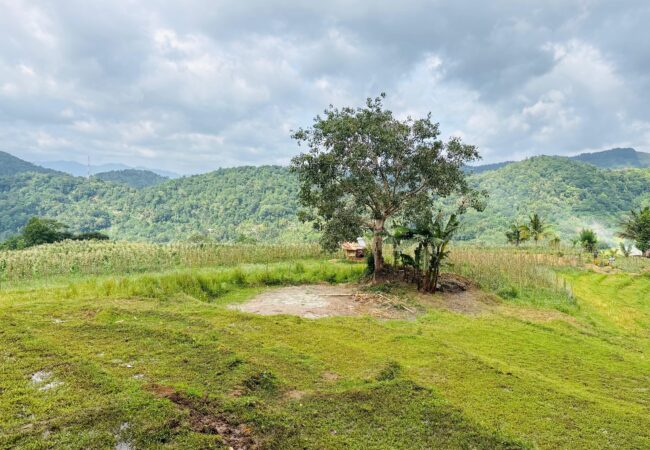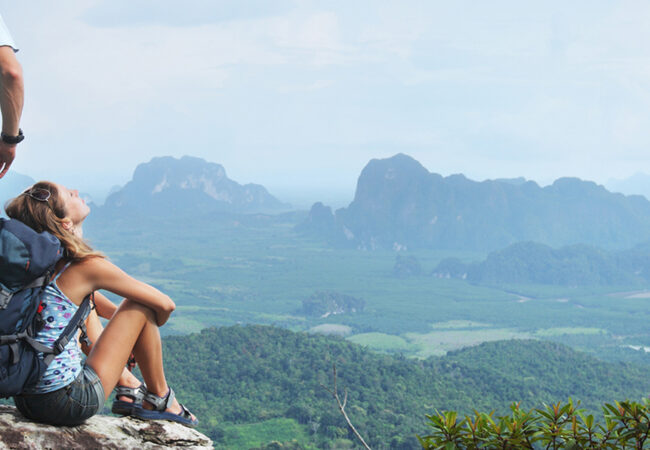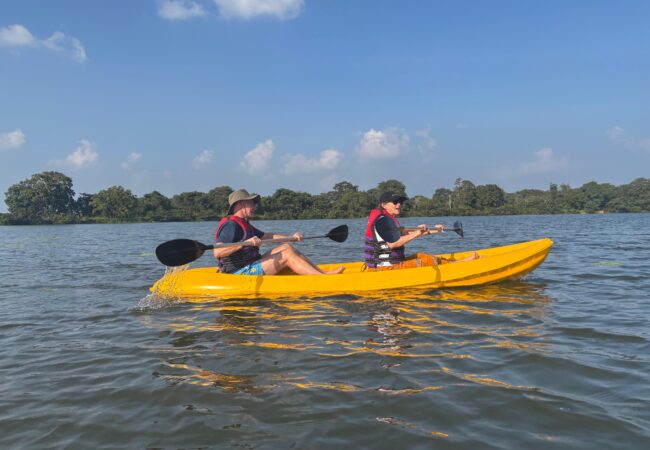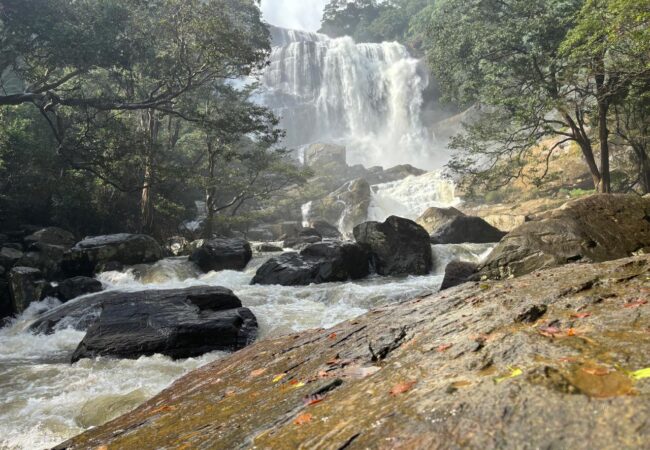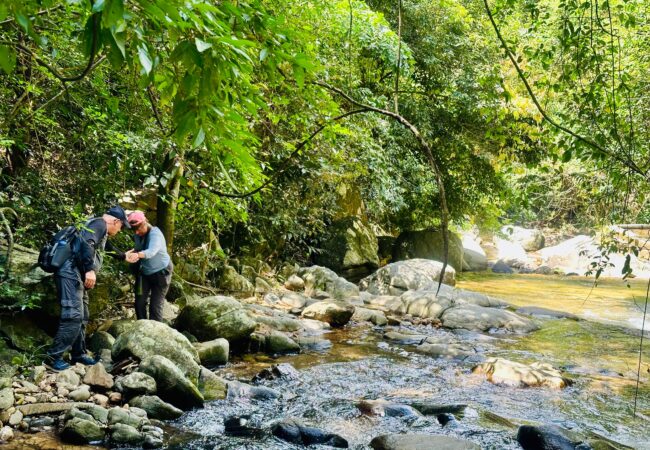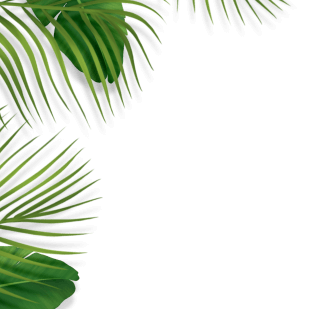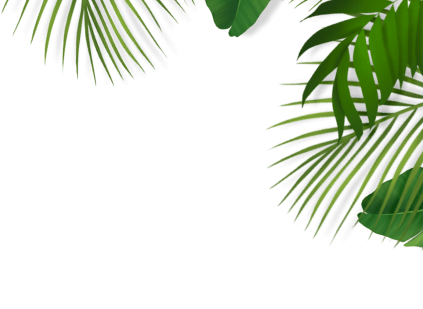Welcome To Mahiyanganaya
Mahiyanganaya holds profound significance in Sri Lankan Buddhist history as the site of Gautama Buddha’s first visit to the island in 528 BCE. The sacred Mahiyanganaya Raja Maha Vihara, one of the Solosmasthana (16 sacred places), houses a relic of the Buddha’s collarbone enshrined in a stupa dating back over 2,500 years. This ancient temple complex has been renovated and expanded by successive kings throughout Sri Lanka’s history, making it a living chronicle of the island’s architectural evolution. Located at the foothills of the central highlands where they meet the eastern plains, Mahiyanganaya serves as a gateway to the Maduru Oya National Park, home to elephants, leopards, sloth bears, and numerous endemic bird species. The region is also home to indigenous Vedda communities, the original inhabitants of Sri Lanka who maintain distinct cultural traditions and knowledge systems dating back thousands of years.
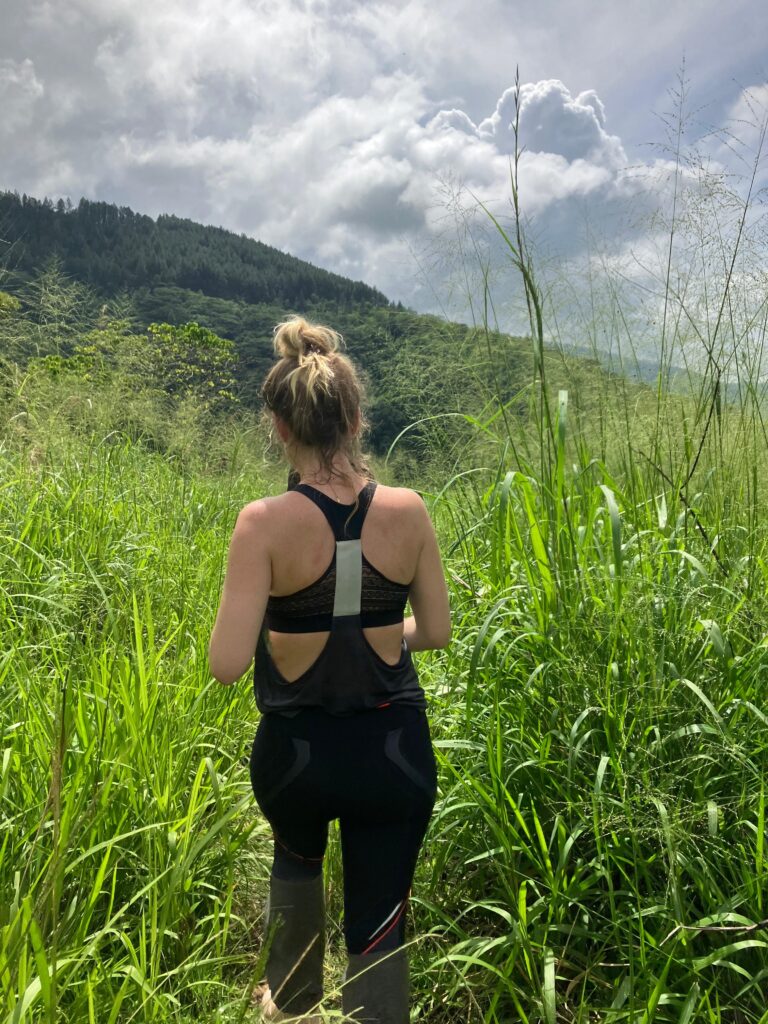
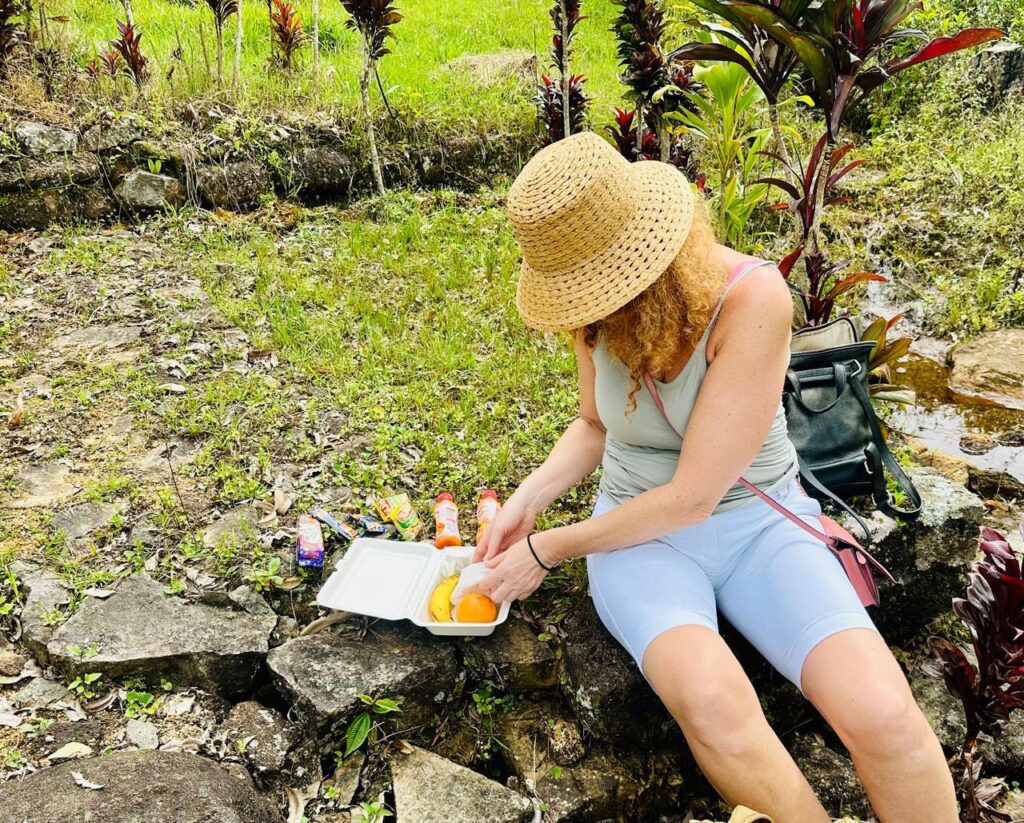
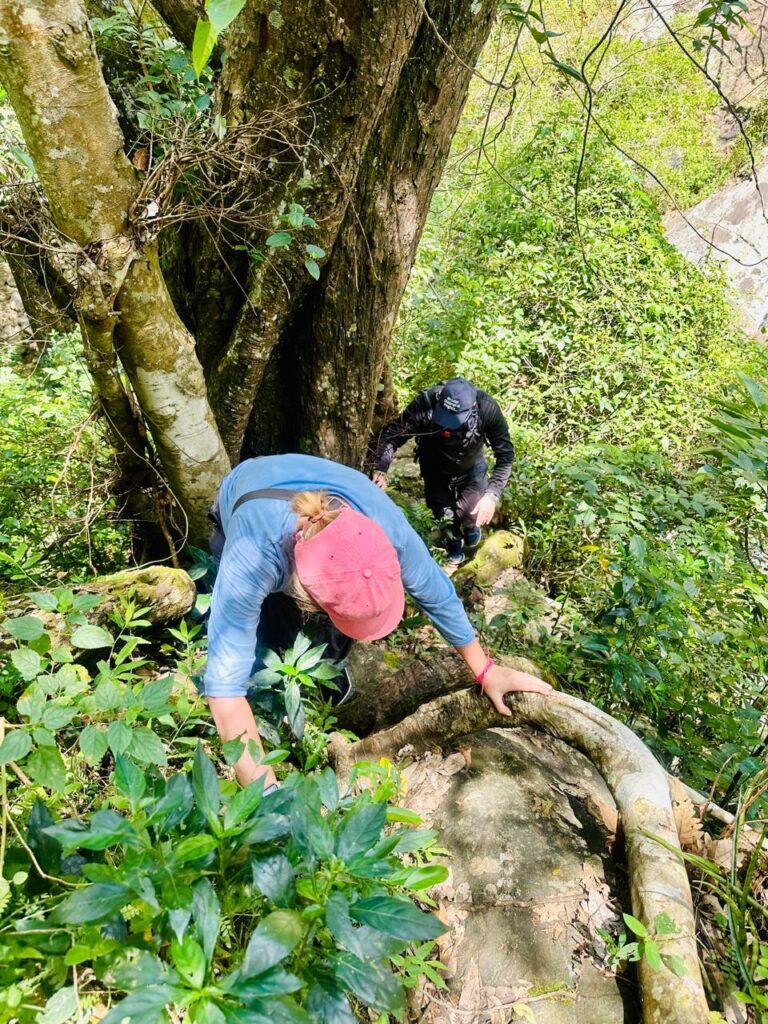
Heaven On Earth
Mahiyanganaya offers a unique blend of spiritual heritage and natural beauty, where ancient Buddhist traditions meet pristine wilderness. The region’s sacred sites draw pilgrims from across the Buddhist world, while its diverse ecosystems attract wildlife enthusiasts and nature lovers. The Sorabora Lake, an ancient irrigation marvel dating back to the 2nd century BCE, demonstrates the sophisticated water management systems of early Sri Lankan civilization. The surrounding plains and forests create a transition zone between Sri Lanka’s wet and dry zones, resulting in extraordinary biodiversity and distinct landscapes that change dramatically with the seasons.
- Buddhist heritage sites, ancient temple exploration.
- Wildlife safaris, bird watching expeditions.
- Cultural experiences with indigenous Vedda communities.
- Nature trails, hiking, and camping adventures.
- Archaeological tours, historical explorations.
- Eco-friendly accommodations, authentic local cuisine.
